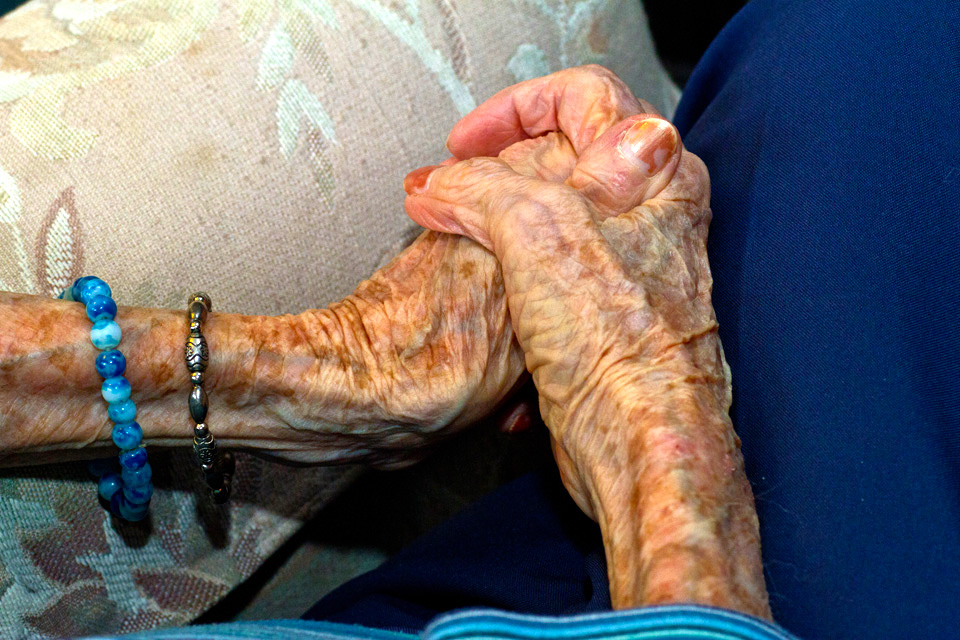“It’s Not Right,” a program of the Centre for Research & Education on Violence Against Women and Children at Western Education has developed steps to identify abuse and help aging seniors. Nicknamed SNCit, the program teaches the following measures:
1. SEE it – understand and recognize the warning signs of abuse.
2. NAME it – Engage the senior in conversation when the alleged abuser is not present. Name your concern and tell the senior that you’re worried about them.
3. CHECK it – Ask what you can do to help. Continue to ask questions, seek professional advice, make sure there isn’t a present danger and assist with planning action steps at a pace the senior can handle.
Margaret MacPherson, who teaches the program, cautions against a rush to judgement or trying to solve the problem and, in the process, pushing the senior to do something they aren’t ready to do. This, in and of itself, is abusive behaviour. Research available services in your area, encourage the senior to advocate for themselves and most of all, be patient.
Not all seniors who are subject to abuse will be ready for support much less help. If the abuser is their child, they may be embarrassed or blame themselves and may not want their child arrested or earning a reputation for being an abuser. The abuser may be viewed by their victim as someone in need of help themselves. Within some families, the dynamic is that families look after their own which makes it quite difficult for an ‘outsider’ to penetrate and assist.
Being present, being open, having a good ear and having both compassion and patience is, perhaps, the only thing an abused senior needs from a caring friend. Until they’re ready to move forward without being pushed, this is the best way to help.
The Oldish thanks Margaret MacPherson for her insight and www.reachoutbuildwithin.com for their support of World Elder Abuse Awareness Day.






Add Your Voice
0 Comments
Join the Discussion